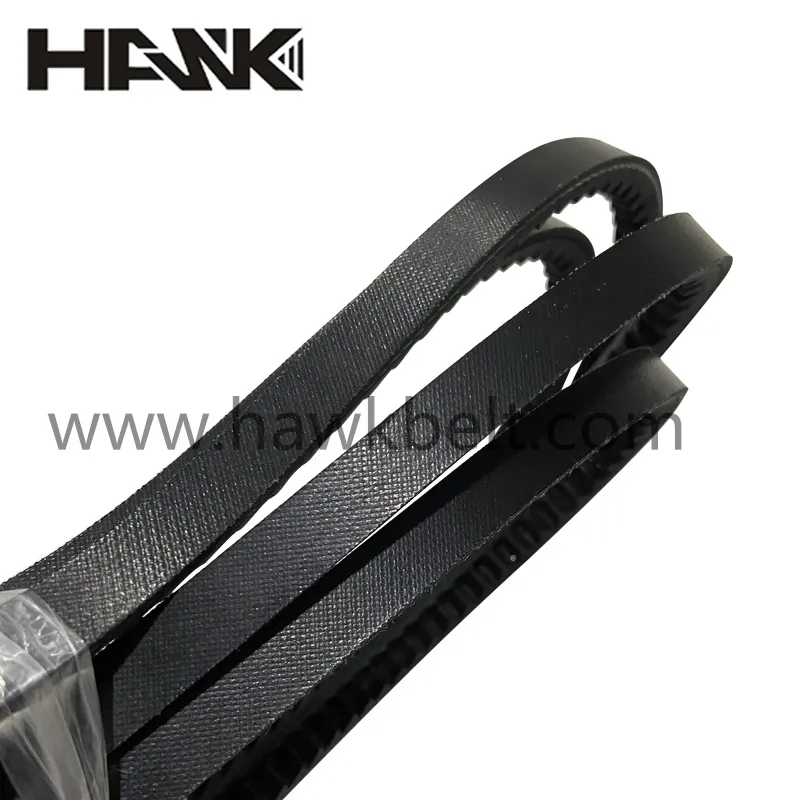- Arabic
- French
- Russian
- Spanish
- Portuguese
- Turkish
- Armenian
- English
- Albanian
- Amharic
- Azerbaijani
- Basque
- Belarusian
- Bengali
- Bosnian
- Bulgarian
- Catalan
- Cebuano
- Corsican
- Croatian
- Czech
- Danish
- Dutch
- Afrikaans
- Esperanto
- Estonian
- Finnish
- Frisian
- Galician
- Georgian
- German
- Greek
- Gujarati
- Haitian Creole
- hausa
- hawaiian
- Hebrew
- Hindi
- Miao
- Hungarian
- Icelandic
- igbo
- Indonesian
- irish
- Italian
- Japanese
- Javanese
- Kannada
- kazakh
- Khmer
- Rwandese
- Korean
- Kurdish
- Kyrgyz
- Lao
- Latin
- Latvian
- Lithuanian
- Luxembourgish
- Macedonian
- Malgashi
- Malay
- Malayalam
- Maltese
- Maori
- Marathi
- Mongolian
- Myanmar
- Nepali
- Norwegian
- Norwegian
- Occitan
- Pashto
- Persian
- Polish
- Punjabi
- Romanian
- Samoan
- Scottish Gaelic
- Serbian
- Sesotho
- Shona
- Sindhi
- Sinhala
- Slovak
- Slovenian
- Somali
- Sundanese
- Swahili
- Swedish
- Tagalog
- Tajik
- Tamil
- Tatar
- Telugu
- Thai
- Turkmen
- Ukrainian
- Urdu
- Uighur
- Uzbek
- Vietnamese
- Welsh
- Bantu
- Yiddish
- Yoruba
- Zulu
Oct . 08, 2024 04:46 Back to list
timing belt and chain
Timing Belt vs. Timing Chain Understanding the Differences and Similarities
The timing belt and timing chain are critical components of an internal combustion engine, serving the same basic function to synchronize the rotation of the crankshaft and camshaft. This synchronization is essential for ensuring that the engine’s valves open and close at the appropriate times during each cylinder's intake and exhaust strokes. However, these two components differ significantly in design, durability, maintenance, and performance characteristics.
Design and Composition
The timing belt is typically made from rubber with high tensile strength fibers, while the timing chain is composed of metal links. The rubber construction of the timing belt allows for quieter operation, whereas the metallic design of the timing chain can handle higher levels of stress and higher temperatures. This fundamental difference impacts not only the sound of the engine but also how each component interacts with the rest of the engine.
Durability and Longevity
Generally, timing chains are regarded as more durable than timing belts. A well-maintained timing chain can last the life of the vehicle—often upwards of 200,000 miles or more—before requiring replacement. In contrast, timing belts usually need to be replaced every 60,000 to 100,000 miles. Failure to replace a worn timing belt can result in engine damage, as it could snap and cause the engine's pistons and valves to collide.
timing belt and chain

Maintenance Considerations
The maintenance requirements for timing belts and chains vary considerably. Timing belts are usually accompanied by a specific maintenance schedule outlined by the manufacturer. Drivers are often advised to replace them proactively to avoid catastrophic engine failure. The replacement process can be labor-intensive, often leading to higher costs. On the other hand, timing chains typically require less frequent maintenance but can experience issues such as stretching or excessive wear over time, necessitating inspection as part of regular engine maintenance.
Performance Implications
When it comes to performance, timing chains often allow for higher RPMs and can be more reliable under high-performance conditions. Some high-performance engines may opt for a timing chain due to its robustness and ability to maintain precise timing in extreme conditions. While timing belts offer smooth and quiet operation, they can sometimes slip if not properly maintained, leading to timing issues.
Conclusion
In summary, both timing belts and timing chains serve the crucial purpose of synchronizing engine components, but they have distinct characteristics. Timing belts offer advantages in terms of noise reduction and are less expensive to manufacture, while timing chains boast superior durability and longevity. Choosing between a vehicle with a timing belt or a timing chain often comes down to factors like maintenance preferences, driving style, and engine performance needs. Understanding these differences can help vehicle owners make informed decisions and plan their maintenance schedules effectively.
-
Upgrade Power Steering Pump Belt for Smooth, Quiet Operation
NewsAug.27,2025
-
Precision Timing Belt & Chain: Engine Performance & Durability
NewsAug.26,2025
-
Precision Lathe Drive Belts: Durable & Reliable Performance
NewsAug.25,2025
-
84.5 Serpentine Belt: Durable & Precision Fit for Your Engine
NewsAug.24,2025
-
Premium Ribbed Drive Belts for Quiet Power Transmission
NewsAug.23,2025
-
High-Performance Vehicle Timing Belt for Engine Precision
NewsAug.22,2025

